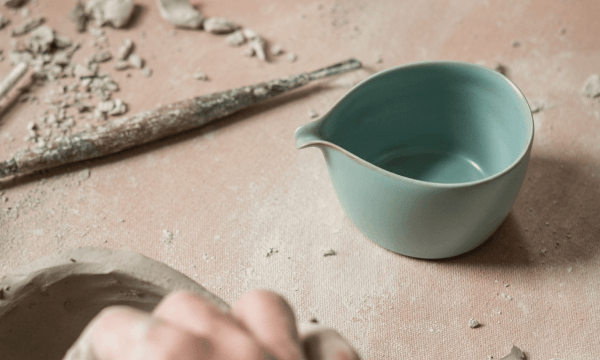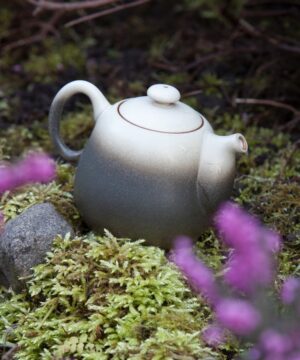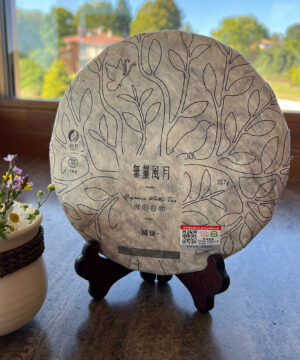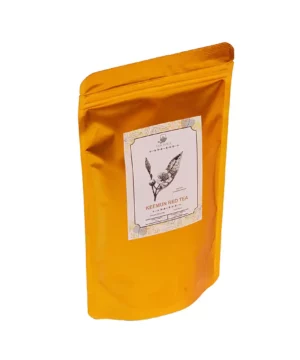tea and its surroundings, GONG FU CHA, Tea Legend
From Hong Pao – Tea and Legends
“Great Red Robe“: this is the literal meaning of Da Hong Pao, one of the most prized and sought-after Chinese teas ever. It is a high-oxidation oolong that grows in the Wuyi Mountains in Fujian Province: still surviving near the Tianxin Yongle Buddhist temple are some of the mother plants that gave this renowned tea its origins.
As is often the case in China, the name of this tea is linked to a legend. Actually, to several legends, or rather – variants with different details depending on who told them. These are stories passed down orally, which over time have been told by different voices, changing each time and acquiring new details. We tell you the two most famous legends, but who knows how many other versions there are to discover!
From Hong Pao: the legend of Ju Zi Ding
The story goes that during the Ming Dynasty a young student named Ju Zi Ding was on his way to take the imperial examination in order to obtain a prestigious career as an official. On the way, however, the boy fell ill, and when he arrived near the Wuyi Mountains he was unable to continue his journey. A monk from the Tianxin Yongle Temple, to relieve his suffering, rescued him and served him a tea infusion with portentous healing properties. The student was thus able to recover in time to resume his journey and take his important examination, which he passed brilliantly, earning the title of “zhuang yuan”-a title reserved for the few who obtained the highest score. Ju Zi Ding also received as a gift a robe of bright red, testifying to his new status as a high official. To show all his gratitude, the student returned to visit the temple monk who had been taking care of him, and together they headed for the plant from which the leaves of the portentous tea had been plucked. When he arrived in front of the plant, Ju Zi Ding wrapped it in its precious red robe as a sign of gratitude: and that is why Da Hong Pao tea was called “Great Red Robe.”
Another legend about the origins of Da Hong Pao
According to this second legend, the origin of the name Da Hong Pao is related to completely different characters. Apparently, despite numerous attempts by China’s best doctors, the emperor’s mother, who had been ill for some time, was in a critical condition. One day, a scholar who learned of her situation attempted to heal her by offering her a cup of tea: her health improved quickly and quite unexpectedly. The emperor, to show all his joy, then ordered his servants to go to the plant that had produced that miraculous tea to pay homage to her: having found the plant, the servants took off their red robes and hung them on its branches as a sign of respect.
From Hong Pao: a tea as good as a “rock rhyme”
The Da Hong Pao is a high-oxidation oolong tea that undergoes a roasting step over charcoal during traditional processing: this step gives the tea roasted notes reminiscent of nuts, cocoa beans, and coffee beans.
But the feature that makes Da Hong Pao so special is another: the soil on which the teas produced on these mountains grow is in fact composed of either entirely(zheng yan) or 50 percent(ban yan) from rocky soil, which gives the liquor in the cup an unparalleled minerality. In Chinese, the richness of these teas is referred to by the expression yanyun, literally “rock rhyme”: this is because the taste of the tea pleasantly satisfies and envelops the drinker like a perfect musical rhyme. Another peculiarity of these teas is a pronounced hint of petricore, or wet rock, which is detected both by smell and taste.
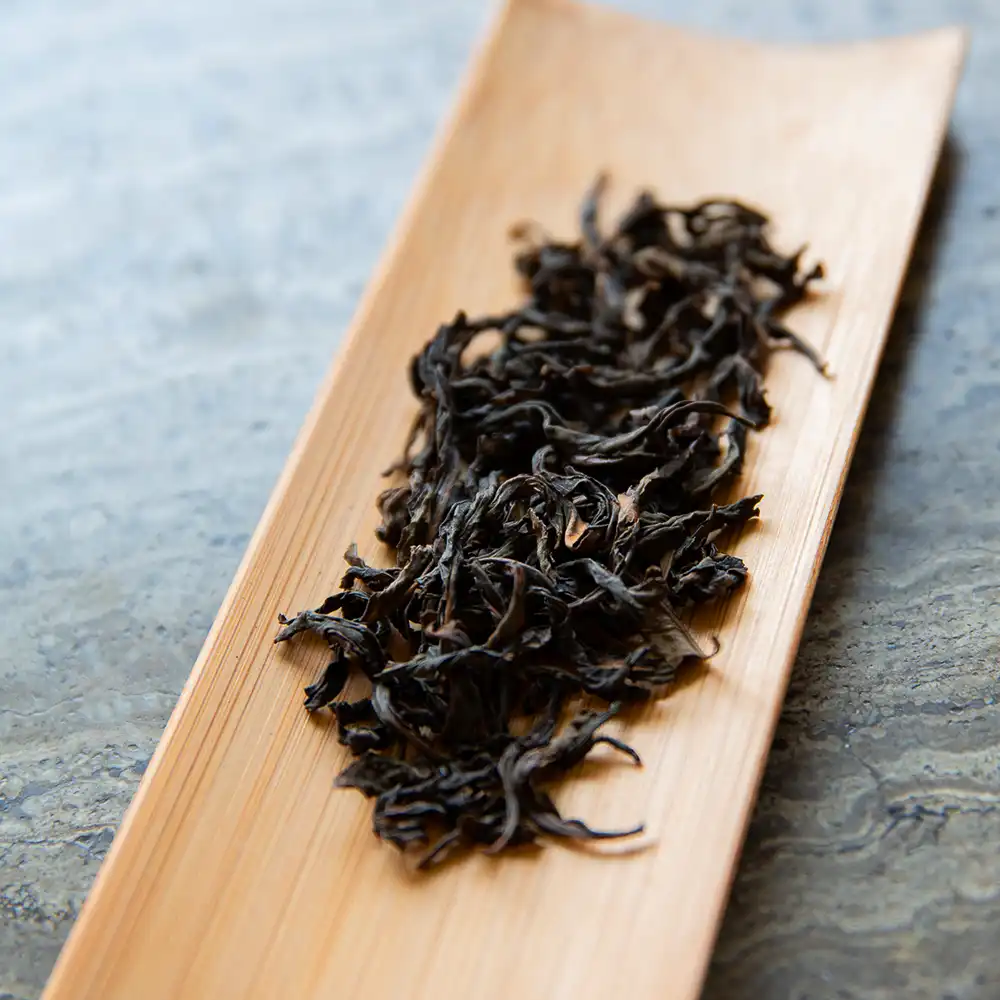

Because of these unique characteristics, Da Hong Pao is certainly one of the most exclusive teas, so much so that it is reserved in China only for honored guests. To accommodate the wishes of Emperor Zhu Yuanzhang, even in ancient times its leaves were presented in bulk and not in the traditional pressed form, considered the standard form for imperial tributes.
To date, only 6 original Da Hong Pao plants have survived, of which only 4 are still used for tea harvesting and in moderation, so as not to stress the plants too much and risk them dying. These are thousands of years old trees that yield precious few leaves: think that in 2002 20 grams of Da Hong Pao from one of the mother plants were sold at auction for a whopping $28,000! Tending to be the varieties found commercially (of very good quality) are blends that combine the leaves of some mother plants with the leaves of plants born by grafting, or simply leaves of camellias grown in the same area.
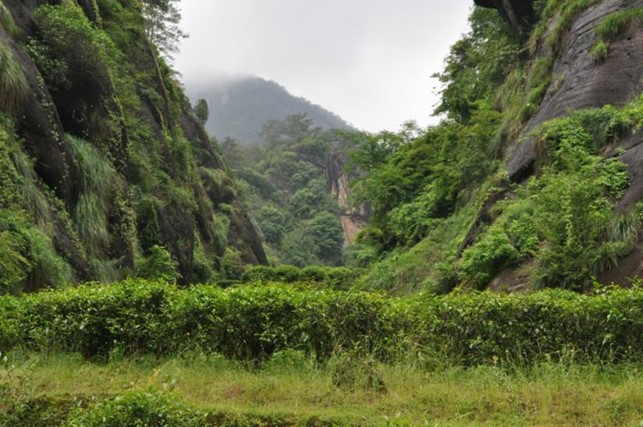

Da Hong Pao is a complex, full-bodied tea with a long finish: it combines notes of cocoa, roasted nuts and coffee with sweet hints of black bread crust and cream, with a minerality that sets it apart. It is definitely best enjoyed by infusing it in gong fu cha with a preheated gaiwan: before the actual infusions, a short rinse of a few seconds is recommended in order to wash the tea leaves and awaken their aromas.
The particular type of processing makes it a powerful digestive aid and weakens its excitatory properties, while partially maintaining its antioxidant properties.
An excellent tea, perfect for the cold season and great to pair with dried fruit and chocolate desserts.
Did we make you want to taste this tea? You can find Da Hong Pao oolong tea in our online store!





